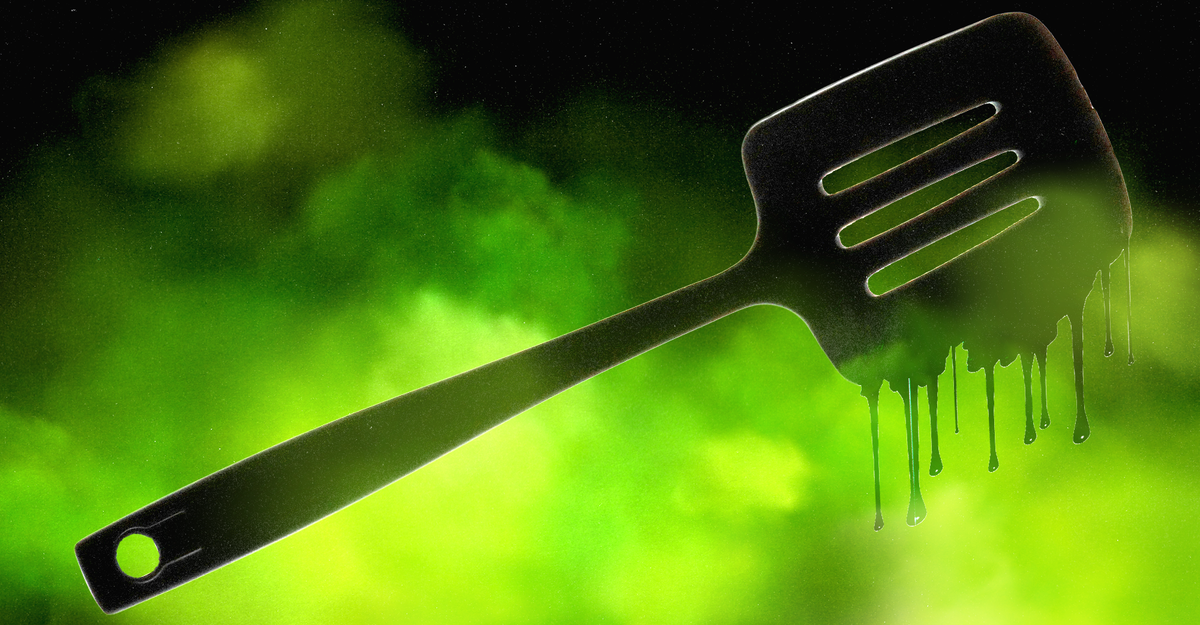- cross-posted to:
- [email protected]
- cross-posted to:
- [email protected]
Cooking with any plastic is a dubious enterprise, because heat encourages potentially harmful plastic compounds to migrate out of the polymers and potentially into the food. But, as Andrew Turner, a biochemist at the University of Plymouth recently told me, black plastic is particularly crucial to avoid.
In 2018, Turner published one of the earliest papers positing that black plastic products were likely regularly being made from recycled electronic waste. The clue was the plastic’s concerning levels of flame retardants. In some cases, the mix of chemicals matched the profile of those commonly found in computer and television housing, many of which are treated with flame retardants to prevent them from catching fire.



Just be sure to sanitize all cutting boards with a solution of a tablespoon of bleach in a gallon of water for several minutes.
I’ve used wooden cutting boards for about 30 years now. Never thought about that. But it makes sense with all the nooks and crannies in wood. I only wash mine in warm water and some detergent. Don’t know if it’s true, but I heard that wood has anti bacterial properties. With that being said, I never use raw meat on a wooden board.
In a related note, I saw that in a documentary about some monks in the US that made cheese. Traditionally they always had made it in large wooden tubs. Then they were forced to use stainless tubs because of health codes. After switching every attempt failed because every batch spoiled, probably because there was a good bacterial culture in the wood that helped the batch propagate the right culture, keeping the bad bacteria in check.
Meh. Wooden boards are self-sanitizing. I’ll just risk it most days.